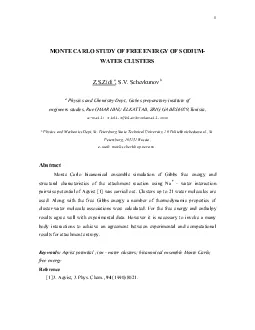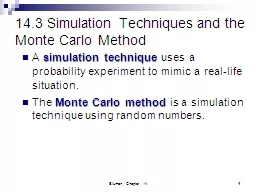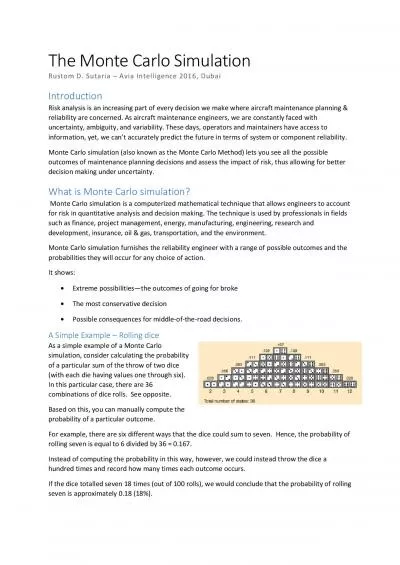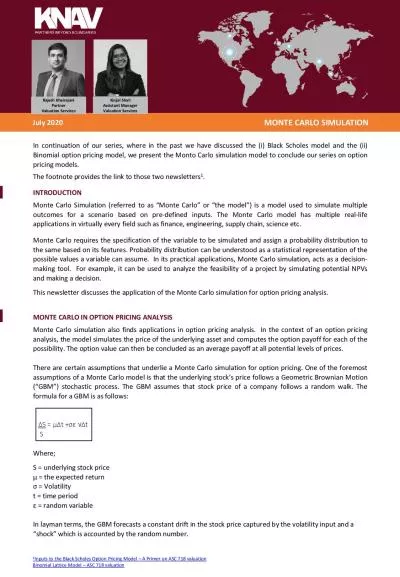PPT-A Monte Carlo Algorithm for Cold Start Recommendation
Author : lois-ondreau | Published Date : 2016-06-29
1 Authors Yu Rong Xio Wen Hong Cheng Word Wide Web Conference 2014 Presented by Priagung Khusumanegara Table of Contents Problems Preliminary Concepts Random
Presentation Embed Code
Download Presentation
Download Presentation The PPT/PDF document "A Monte Carlo Algorithm for Cold Start R..." is the property of its rightful owner. Permission is granted to download and print the materials on this website for personal, non-commercial use only, and to display it on your personal computer provided you do not modify the materials and that you retain all copyright notices contained in the materials. By downloading content from our website, you accept the terms of this agreement.
A Monte Carlo Algorithm for Cold Start Recommendation: Transcript
Download Rules Of Document
"A Monte Carlo Algorithm for Cold Start Recommendation"The content belongs to its owner. You may download and print it for personal use, without modification, and keep all copyright notices. By downloading, you agree to these terms.
Related Documents


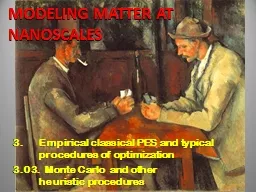



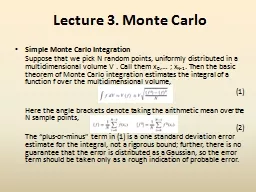


![Computer Graphics CSE 167 [Win 17], Lecture](https://thumbs.docslides.com/758602/computer-graphics-cse-167-win-17-lecture.jpg)

